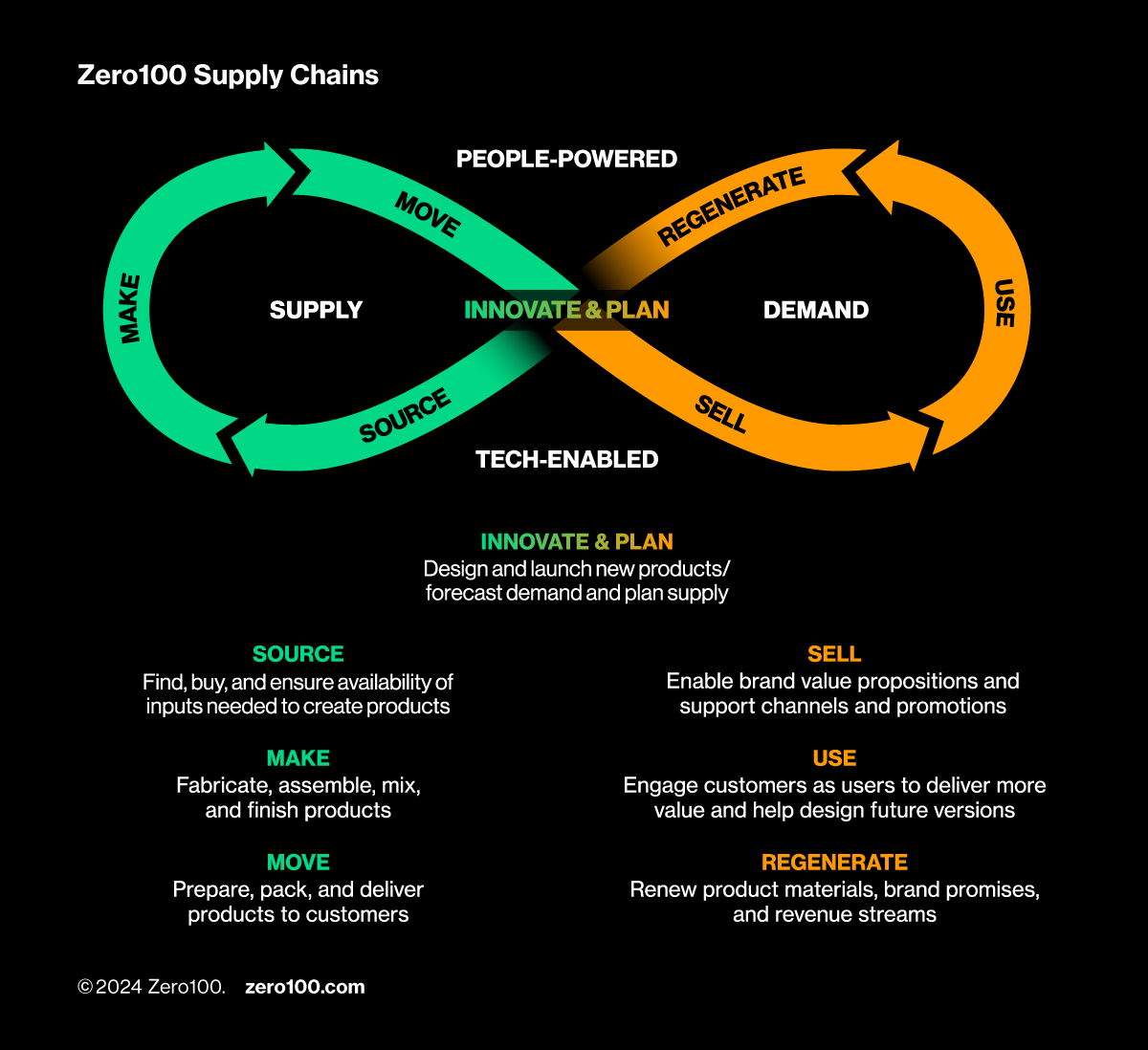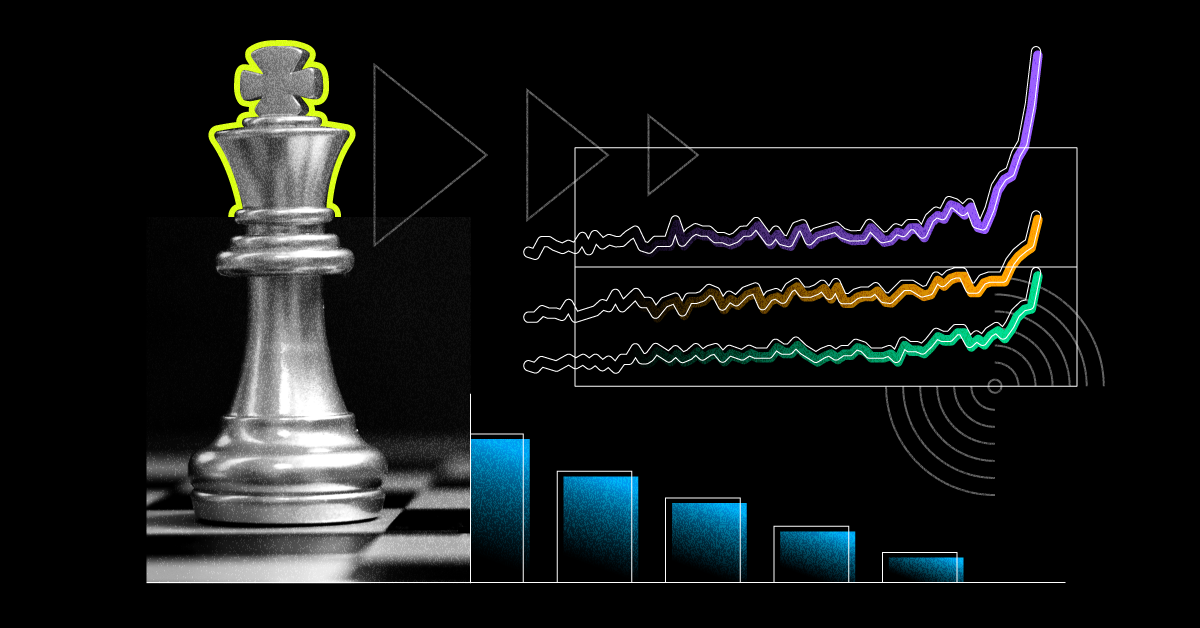
Supply Chain 2023: Resilience Was – and Still Is – King
2023 is over and amidst all the developments, from the explosion of AI to the unexpected win that was COP28, supply chain leaders proved resilience is more than a buzzword. It is a core value as we enter an era that is equal parts peril and promise.
2023 is done, and the results are in: AI is everywhere, inflation is fading fast, COP28 was a surprise win, and CSCO is now the hottest, most urgent job in business. We’re past COVID, the “supply chain crisis,” and the dawn of GenAI. Rather than crumble under the weight of disruption, supply chain leaders proved that resilience is more than a buzzword. It is a core value as we enter an era that is equal parts peril and promise.
AI Explodes, but the Real Story Is Data as Information
AI is old news in supply chain, but the boom in generative AI changed everything. The accessibility and learning unleashed with OpenAI’s ChatGPT created an insatiable thirst for understandable use cases. This stoked demand for data to feed and train AI models, which led pundits (including me) to say repeatedly that “it’s all about the data.”
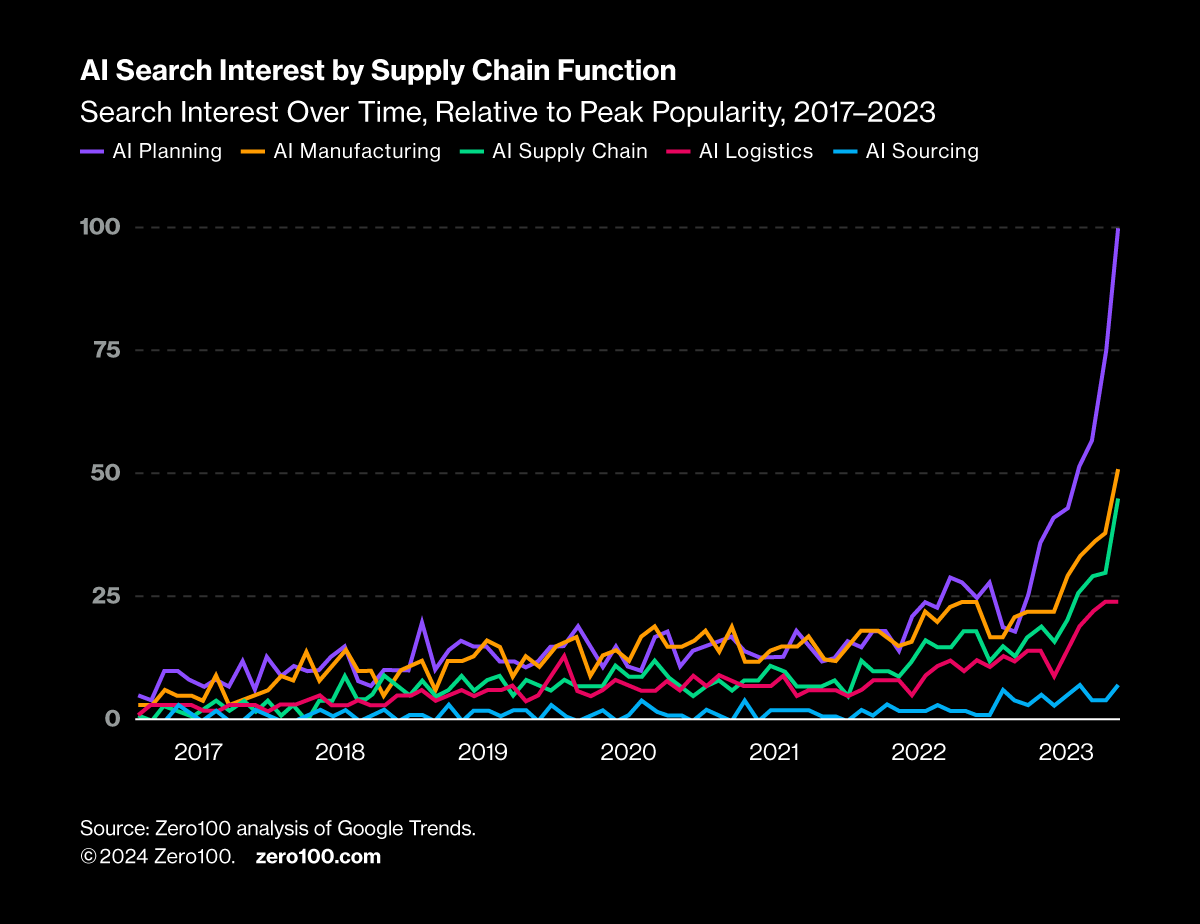
Supply chain is about balancing cost, quality, and speed. Unlike finance, HR, or marketing, this balancing act requires data that is spatial, geometric, chemical, ergonomic, and impressionistic, as well as financial. The algorithms we build are about creating information from data that leads to better decisions in the physical world. Think of data as any information that describes the tangible realities of converting or moving material, and AI becomes your best friend. Leaders like Amazon, AGCO, Walmart, and BMW demonstrate this.
Pro tip: Read The Information by James Gleick. It will stretch your understanding of “data” with a historical look at information from genes to memes and semantics to thermodynamics. You’ll find data in places you’d never expect.
Inflation Fizzles, but the Real Story Is People and Productivity
The S&P 500 rose 24% this year, largely because investors see inflation receding without a painful recession. China is starting to export deflation, while the US and Europe are nearing central bank inflation targets (currently with inflation rates of 3.1% and 2.4%, respectively). This is happening despite the Ukraine war still raging, union power still surging, and manufacturing pivoting to higher-cost regional supply strategies.
Smart monetary policy has been critical, but even Fed Chairman Jerome Powell gave much of the credit to “significant supply-side gains” unwinding the bottlenecks and shortages of 2021. Investment by companies like UPS, Procter & Gamble, and Target in digital talent and tools has allowed supply chains to do more with less as the system-level automation of warehouses and factories improves productivity.
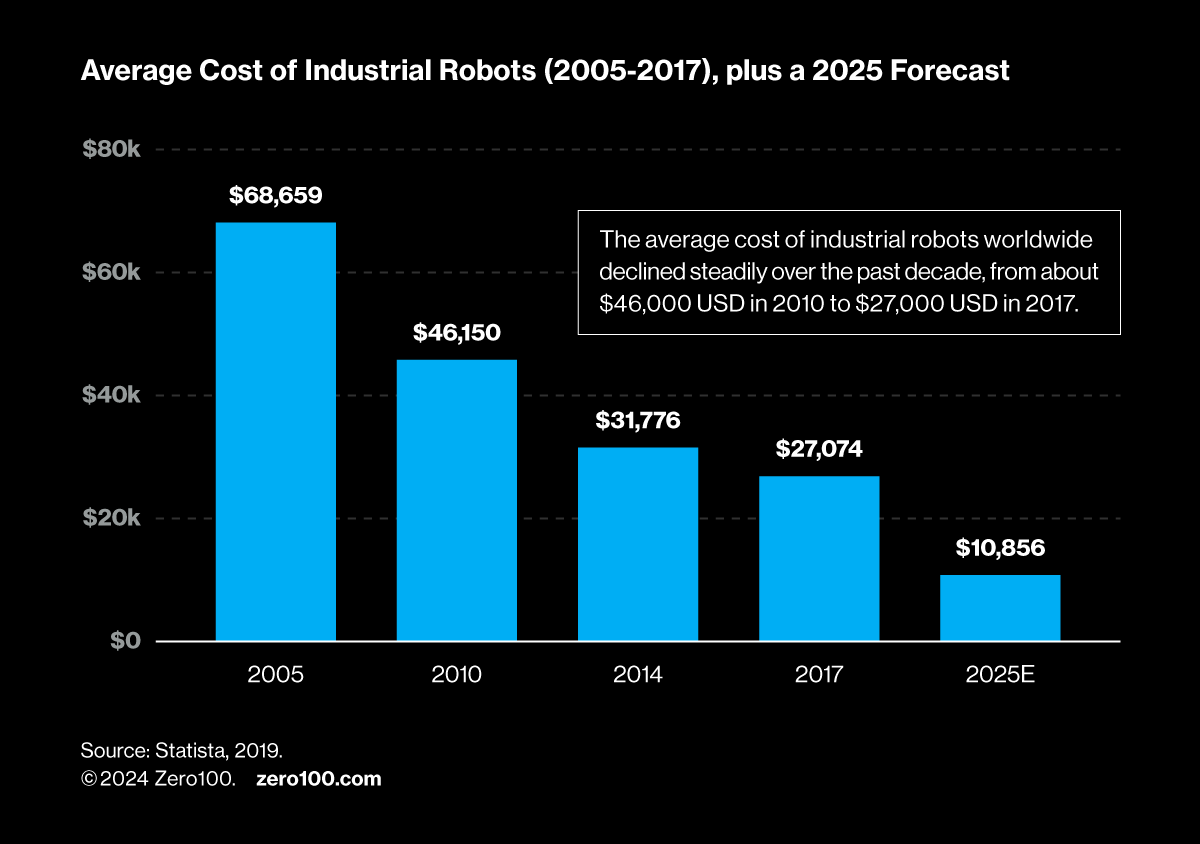
Meanwhile, the demographic squeeze in Japan, Korea, Germany, and China is spurring innovation in robotics, enabling a broad-based shift from labor to capital across industries. Plus, e-commerce continues to drive more sales in smaller stores with fewer jobs, which, in the US, are lower now than in 2007.
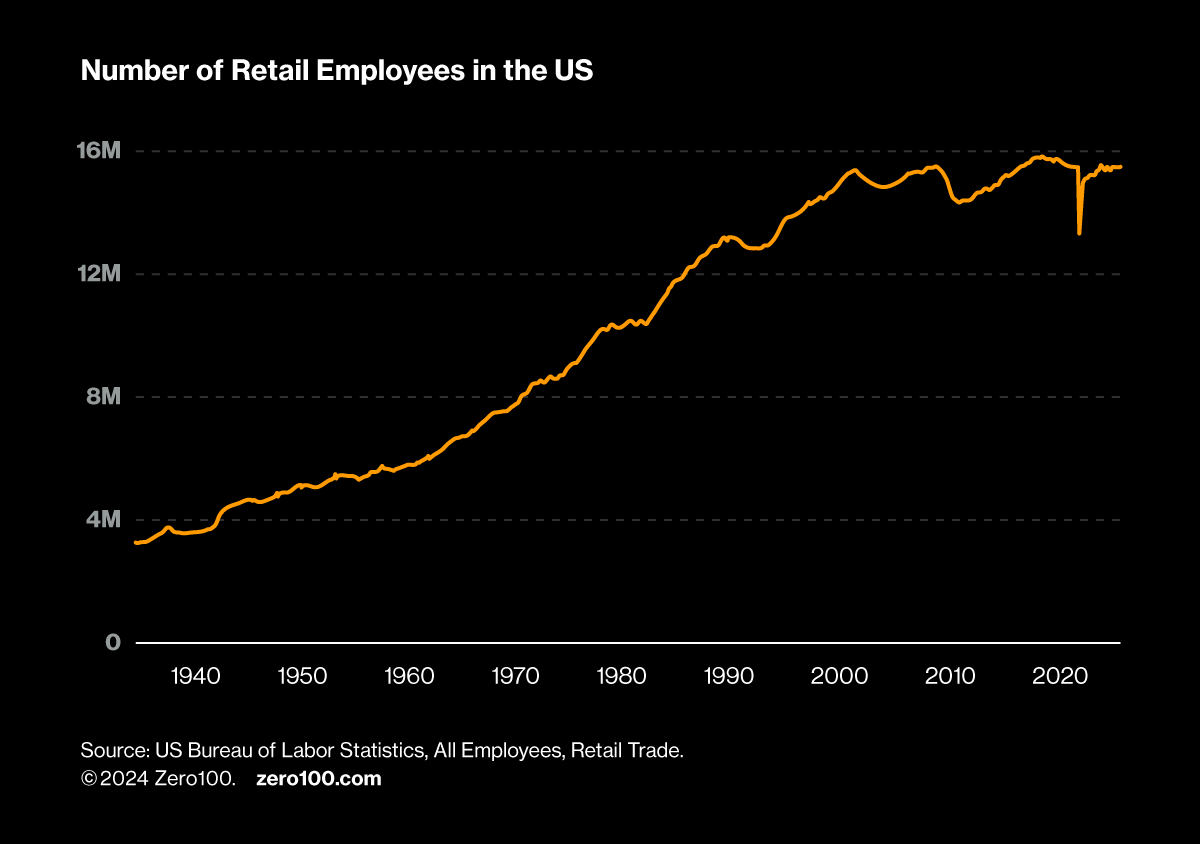
Pro tip: Calculate automation ROI with system-level paybacks of 5-7 years rather than machine-level headcount savings with two-year paybacks. The whole should be greater than the sum of its parts.
COP28 Surprises, but the Real Story Is Working Together to Transition Energy
For the first time ever, the United Nations Climate Change Conference reached an agreement inclusive of the petroleum industry. World Resources Institute CEO Ani Dasgupta said of the deal, “This historic outcome marks the beginning of the end of the fossil fuel era.” Appropriately, this year’s conference was hosted by the head of the world’s twelfth-biggest oil company (Adnoc) and attended by hundreds of representatives from the sector. Maybe we’re finally seeing a path to net zero that is not adversarial.
For supply chain leaders attacking Scope 3 carbon upstream in materials and downstream in use, this agreement should shift the debate away from impractical outrage toward a portfolio of tactics that will move the needle. This includes electrification and renewables from solar to nuclear, plastics reduction, leaner supply chains, EVs, green fuels, alternative protein sources, and carbon capture. Schneider Electric, Walmart, SC Johnson, Nestlé, and Colgate-Palmolive are scaling collaborative initiatives across this portfolio now.
Pro tip: Work with rivals to decarbonize value chains. The Consumer Goods Forum’s Supplier Leadership on Climate Transition, founded by Mars, McCormick, and PepsiCo is the right idea.
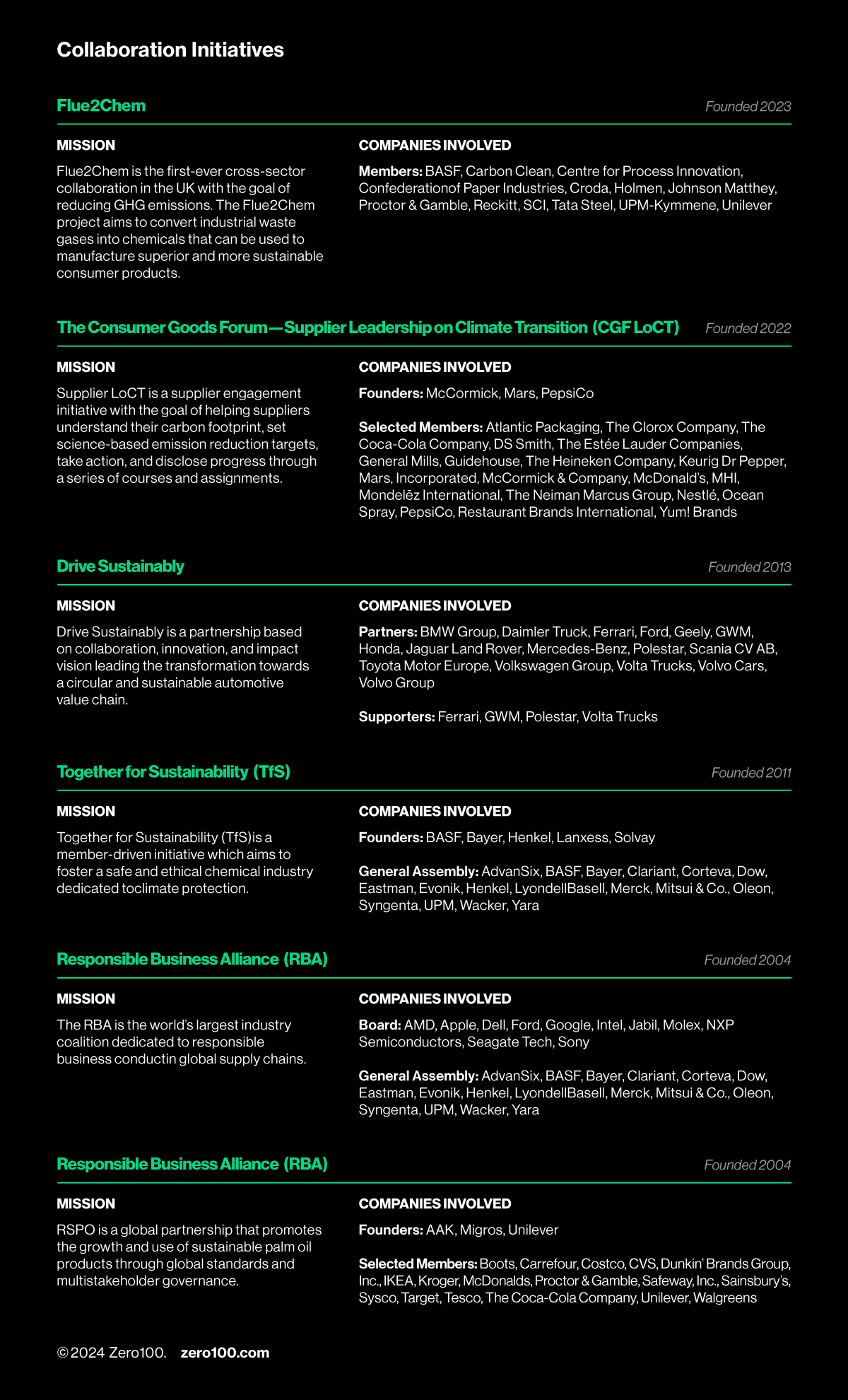
Resilience as a Service: Supply Chain in the Zero100 Era
AI is speeding things up as tempers flare and temperatures rise. Resilience got us through the last few messy years, and investors seem convinced we can keep doing it. From now on, Zero100 supply chains are all about data, people, and our special grasp of the physical world.
Keep calm and carry on.
